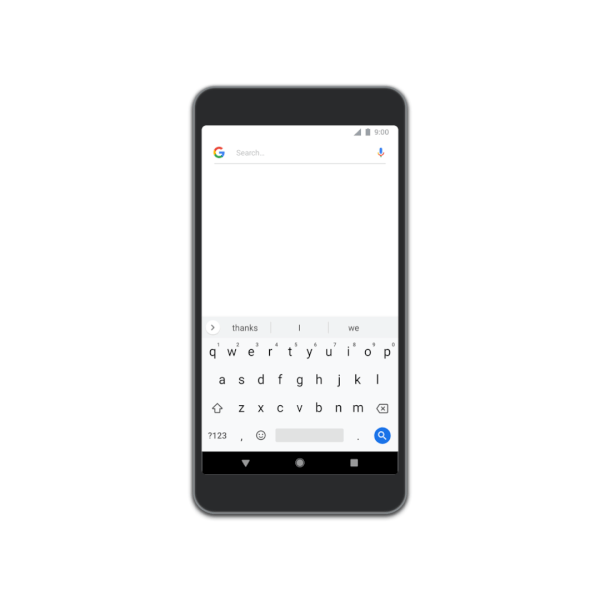Google’s unofficial new mantra is “helping users get things done” (GTD). To that end, Google is making its many channels, properties and ads much more “transactional.” Transaction fees are part of Google’s strategy to monetize the Assistant.
Multiple food delivery partners. One manifestation of this GTD ethos is bringing food ordering into Google Assistant, Google search and Maps. Announced Thursday, delivery comes from DoorDash, Postmates, Delivery.com, Slice, ChowNow and Zuppler. Other partners are reportedly coming soon.
For some time Google has linked to third party ordering and delivery services in the Knowledge Panel online. This experience proceeds directly from the GMB profile on both Android devices and iPhones. (Below is an illustration of the flow.)
Google now owns the transaction. Users click on the “Order Online” button and then choose delivery or pick up. If they choose delivery, they select a provider and then menu items. Payment happens with the default credit card the user has set up in Google Pay. Presumably, if users don’t have a credit card on file, they’ll be prompted to add one.
If reordering, users will have the option to select the previous order using the same delivery vendor.
Google Assistant can also initiate a food order or reorder — although it’s not (yet) available on smart speakers and displays. Users invoke food ordering with the phrase, “Hey Google, order food from [restaurant].” If it’s a reorder, the Assistant will access past orders and display them for approval.
Earlier this week Google announced a redesigned mobile search UI, with the option of branded favicons for organic results and a new label for text ads. Last week at Google Marketing Live, the company made a wide range of ads announcements and introduced a new Google Shopping destination to compete more directly with Amazon. In that new shopping experience, users have the option to transaction via the Google-owned checkout.
Why we should care. From a user-experience perspective, the new food-ordering process is an incremental change from what was already available. It’s analogous to changes happening with Google Travel. And the move is part of a larger effort by Google to reduce consumer friction, remove steps between discovery and purchase and control more transactions directly, rather than handing them off to (slower) third parties.
This will increasingly mean partnering with and integrating into Google consumer experiences, rather than relying on organic SEO to acquire customers.
